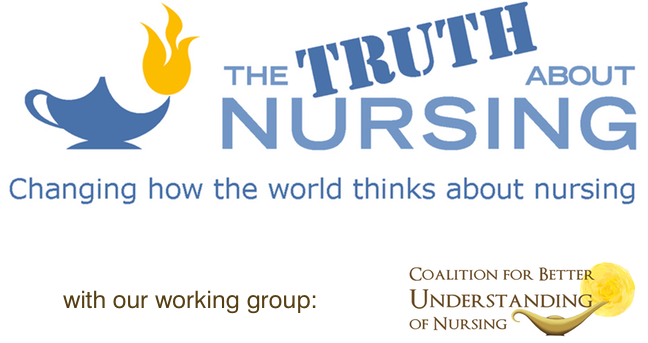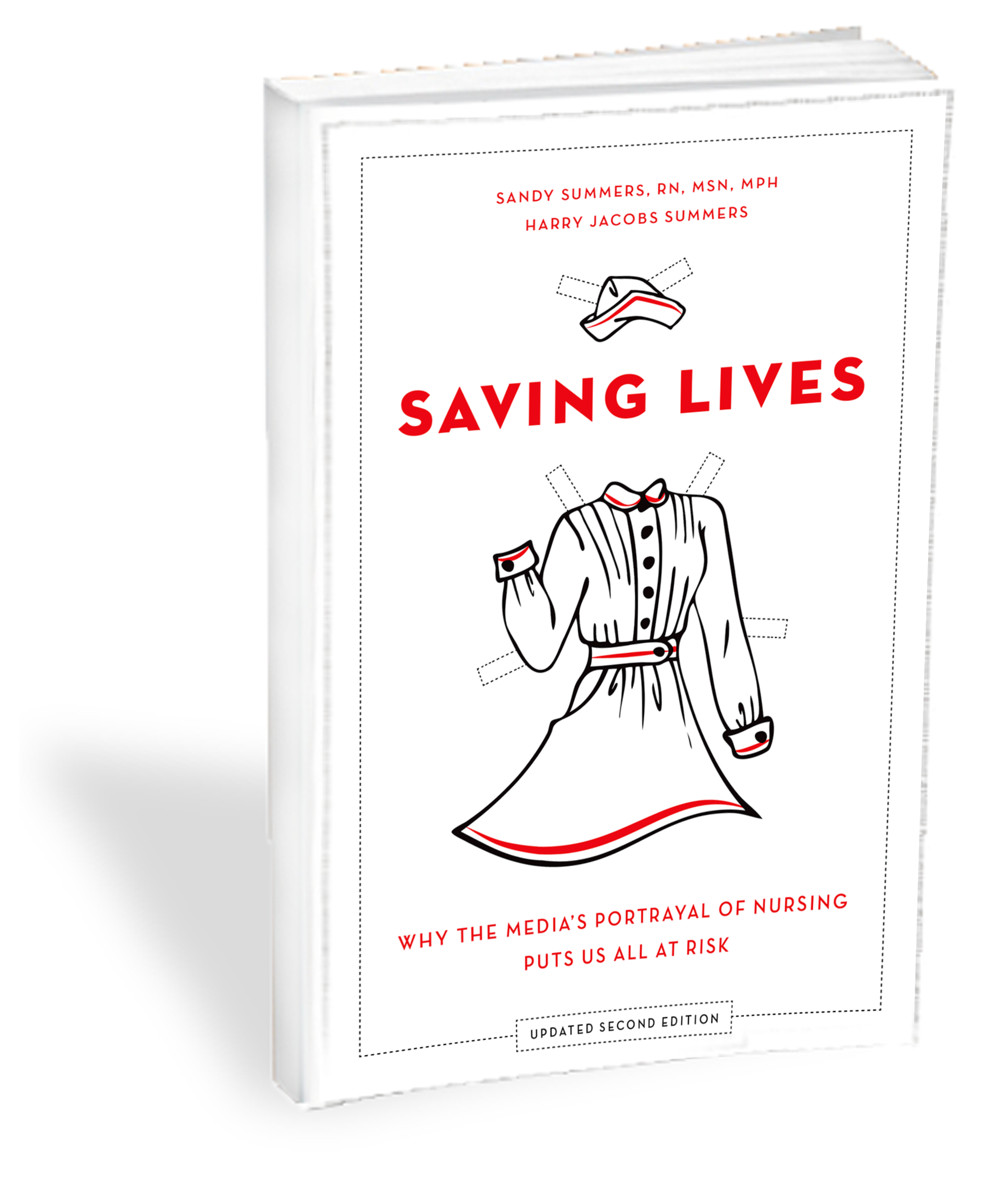"RN: The Past, Present and Future of the Nurses’ Uniform"
Mark Dion and J. Morgan Puett in collaboration with
The Fabric Workshop and Museum in association with the
Center for the Study of the History of Nursing,
School of Nursing of the University of Pennsylvania
October 3, 2003 – February 14, 2004
The Fabric Workshop and Museum,
1315 Cherry Street, Philadelphia, PA
| Nursing rating |  |
| Artistic rating |  |
A new exhibition at Philadelphia’s Fabric Workshop and Museum, "RN: The Past, Present and Future of the Nurses’ Uniform," offers a valuable historic overview, a glimpse of an ambitious project to design an "ideal" nurses’ uniform, and intriguing projections of what nurses’ uniforms might look like in the future. The exhibition, created by Mark Dion and J. Morgan Puett with the Museum and Penn’s Center for the Study of the History of Nursing, is more than just uniforms. By relating the uniforms to nurses’ evolving professional and social roles, it reveals something about the profession’s development and where it may be headed. The show includes the first standard nursing uniforms in the United States, developed by New York’s Bellevue Hospital Training School in 1874, and uniforms from other periods through the present day--one nurse mannequin sports a SpongeBob SquarePants lab coat. The exhibit is organized around themes, such as nursing students and military nurses, but with 130 years of uniform evolution to cover, a little more chronological focus might have been helpful. One of the two rooms devoted to "past" uniforms consists of several dozen real uniforms hanging in rows. This produces a vaguely ghostly effect, but not necessarily a coherent narrative.
Besides uniforms, the exhibit includes vintage publicity and recruiting materials from the first half of the 20th century. These take different approaches to nursing, sometimes all at once. In places there is a clear focus on nursing as a real profession, where recruits can do important, life-saving work with other professionals. There are alsosuggestions that the profession is good training for marriage, and that it affords valuable opportunities to meet men. As the exhibition shows, the uniform changed with the social upheavals of the 1960’s, leading to a de-emphasis on starched purity and eventually to the proliferation of comfortable scrubs. The exhibition’s second floor occupies a very large room containing a working garment design and production space in the middle. (This was not staffed on the weekend we visited, but presumably during the week it is the site for ongoing development of the "ideal" nursing uniform.) At the walls of the room are mixed mediainstallations with visions of future nursing uniforms, and a small, semi-enclosed room examining stereotypical images of nurses. The "ideal" nursing uniform is still being developed. Acknowledging the impossibility of this task, the exhibition guide explains that a uniform is nonetheless being created with input from focus groups including nursing students, practicing nurses, retired nurses, and visual arts students from Vermont, and from nearly 800 nurses who responded to a questionnaire distributed by the American Journal of Nursing and Medscape Online. What we might call the image room collects a few examples of some classic visions of the nurse from the popular media, includingthe angel of mercy, the heroic nurse, the sex object, the "love hunter" looking for romance, the bitchy Nurse Ratched, and the "post-modern" nurse. In this last category the curators place "Nurse Betty," evidently because they view it as an examination of "the mass media’s fascination with the image of the nurse." Richard Prince’s controversial recent photo of Kate Moss in front of one of his pulp novel-based Nurse Paintings hangs in the "sex objects" section. Nearby, a television replays nurse-themed parts of various films, including "Night Nurse," "One Flew Over the Cuckoo’s Nest," and "M*A*S*H."
The later diagnostic nurse uniform, which will be developed after home patients tire of robot care, envisions the nurse as an empathic vehicle for both diagnosis and treatment.The nurse "hugs, strokes or holds" the patient and his woolly-looking grey uniform does the rest, transmitting diagnostic information to a central databank, allowing the nurse to actually share the patient’s condition (sound fun yet?), The post-apocalyptic nurse uniform (bottom 4 sets of photos right) will be worn by the "pioneer nurses" who emerge as "nomadic hospitals" after "the proliferation of micro-fundamentalist dictatorships result[s] in the collapse of the newly formed global alliance." Thus, the uniform is a "highly modular" garment made of "salvaged materials" that allow nurses to carry everything they need when making their rubble calls. On the whole, we have to admire this vision of tough, autonomous nurses roaming the wasteland packing health.It’s hard to see the uniform clearly at the exhibition, what with the debris of a future civilization in the way, but a publicity photo of a braless model wearing its sheer, minimal white tank top suggests that it might be more modular than some would prefer.
See more about the uniform exhibit at the Fabric and Workshop Museum web site. In 2005, with the permission of artist J. Morgan Puett, we took the patch and added credentials to it so that more types of nurses would be able to be identified. You can get the nurse patches from us. Please click here for more information. |
Review by Harry Jacobs Summers
Nursing Editor: Sandy Summers, MSN, MPH, RN
Reviewed November 14, 2003
The views expressed herein do not necessarily reflect those of the Board Members or Advisory Panel of The Truth About Nursing.























